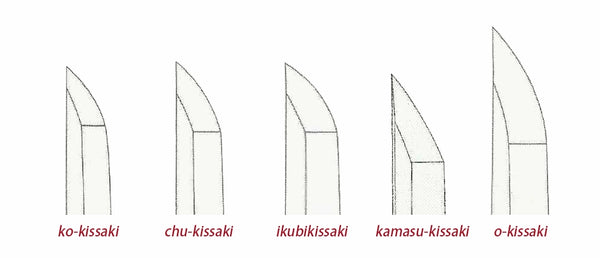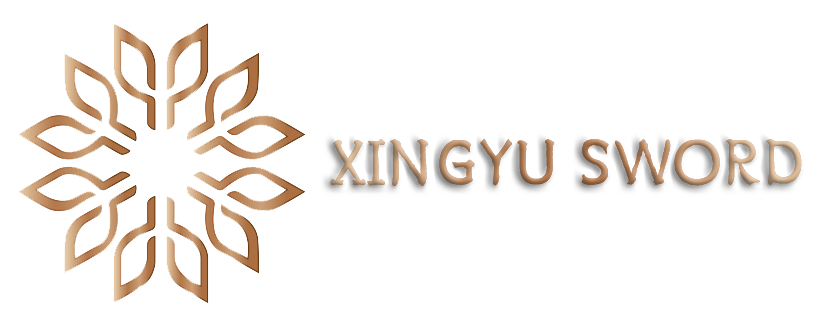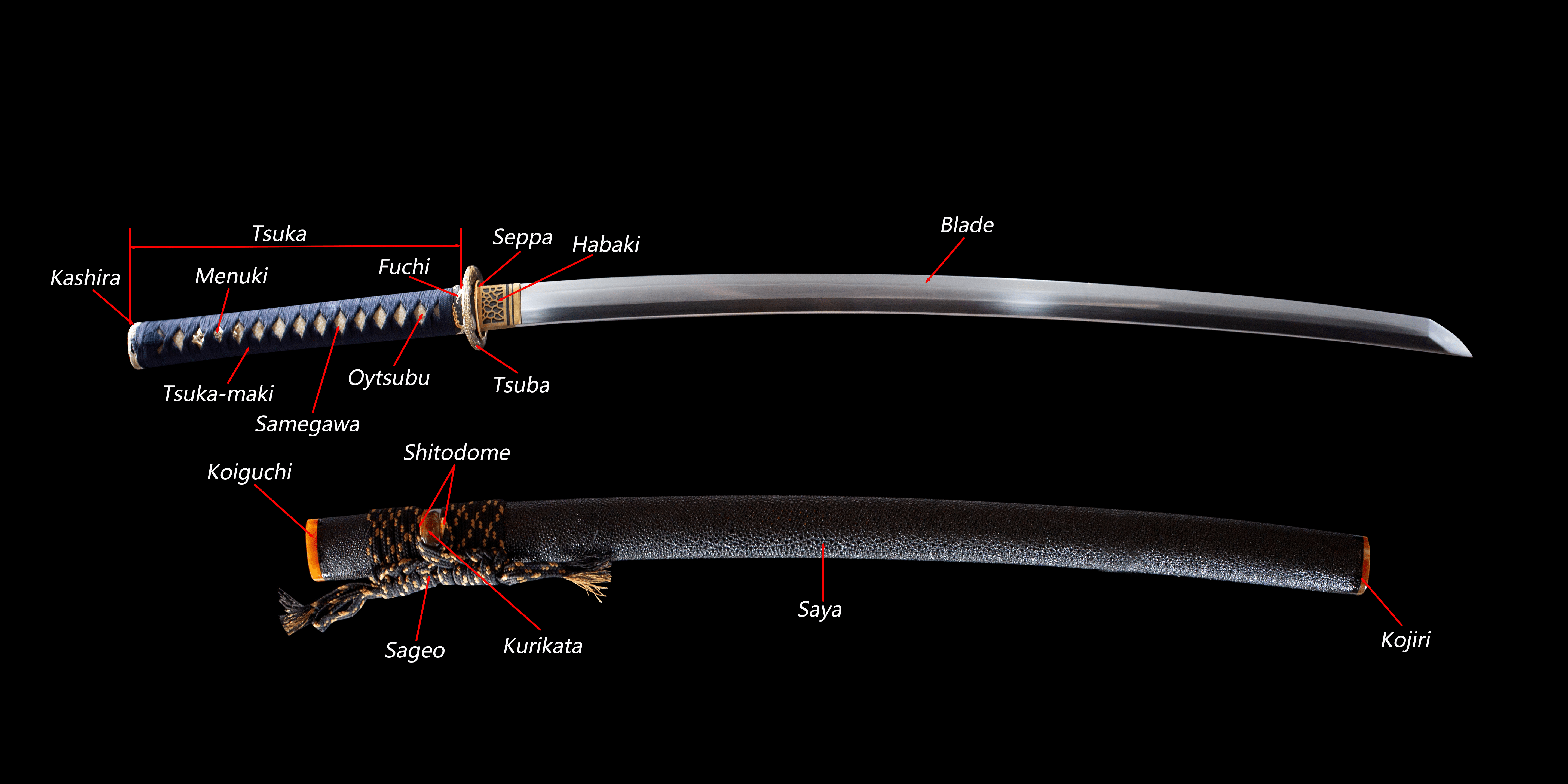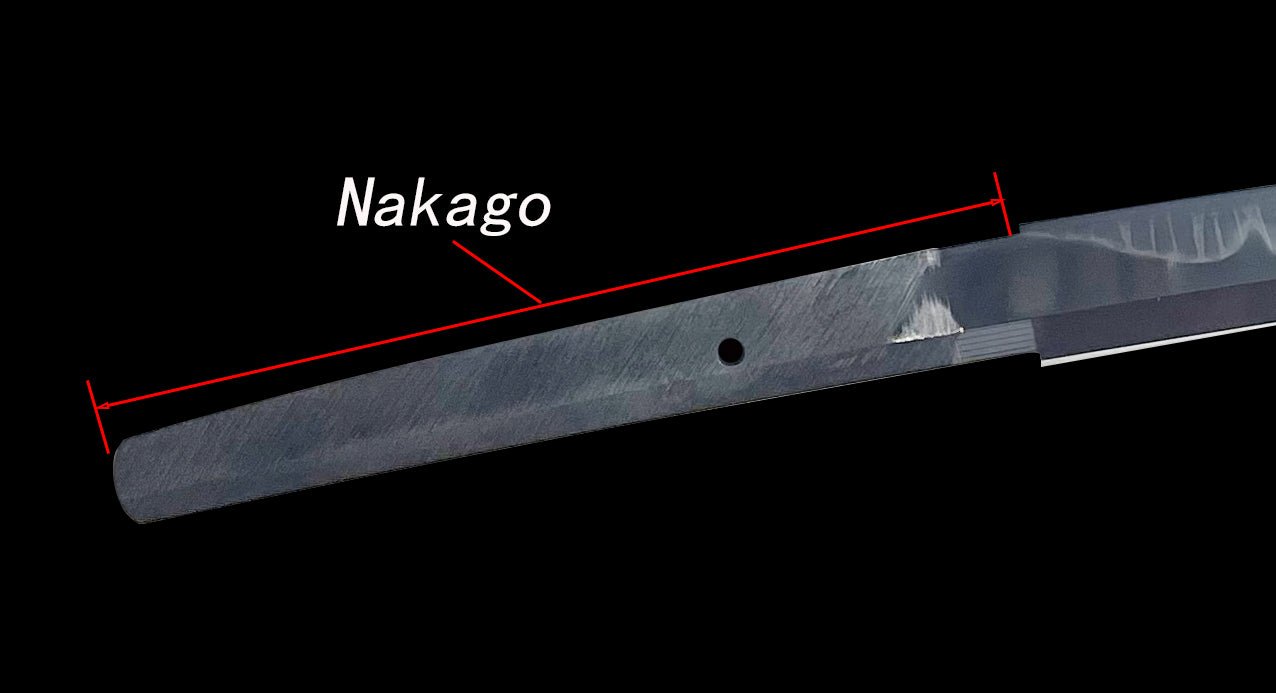Katana kissaki types
Basic Knowledge of Japanese Swords - katana kissaki types
What is kissaki?
Unlike sword making methods around the world, the kissaki and other parts of the blade in Japan have independent forging steps that are meticulous. There are different kissaki designs in different periods, the kissaki is not only the most beautiful and sharpest part of the blade, but also the most prominent part that distinguishes the characteristics of the times. Swordsmiths are well aware of the importance of the kissaki for a sword, and therefore will constantly change the style of the kissaki according to the characteristics of the times. so a preliminary estimate of the year of production of Japanese swords can be made.
However, like other parts of the Japanese sword, the kissaki was sometimes redesigned in later periods. So the kissaki of a sword should always be checked carefully. One way to determine if a kissaki's original shape has been altered is to compare the width of the hamon around the yokote and boshi areas (especially the head of the boshi). A kissaki in which the hamon is narrower at the head of the boshi than at the yokote may have been reshaped at some point. A yakigume-boshi is also sometimes the result of a blade reshaped by polishing from the mune

The size and shape of kissaki
Ko-kissaki: Small kissaki. The top of the blade is very narrow, and the entire kissaki is very small in proportion to the rest of the blade. Ko-kissaki is a production characteristic of tachi made in the late Heian and early Kamakura periods.
Chu-kissaki:The medium-sized Kissaki is also the most popular type. From the middle of the Kamakura period (1232), this type of Kissaki.
O-kissaki:O-kissaki on suuri kissaki, mutta sen koko on hieman liioiteltu verrattuna terän pituuteen ja leveyteen.
Kamasu-kissaki:The "kamasu" or "saury pike" is a long-nosed fish, and the kamasu-kissaki has a barely rounded fukura, which resembles a dinosaur's head, and almost all chokuto have kissaki, as do any other swords that appear in this period. types should be considered the result of remodeling.
Ikubi-kissaki:"ikubi" refers to the neck of a wild boar, and the length of ikubi-kassaki is shorter than the width in the sakihaba or yukote area, and ikubi-kassaki is found in the bodies of swords from the middle Kamakura period.

kissakimoroha-zukuri:Blade contrac tion where the tip area is sharpened on both edges was introduced in the Nata period and as the fatmous Kogarasurmaru has this shape, this tsukurikomi is also called Kogarasumar-zukuri. This intepretation is usually restricted to copies of the Kogarasu-maru and appears in larger numbers in the bakumatsu and early Meiji era.




Leave a comment
This site is protected by hCaptcha and the hCaptcha Privacy Policy and Terms of Service apply.